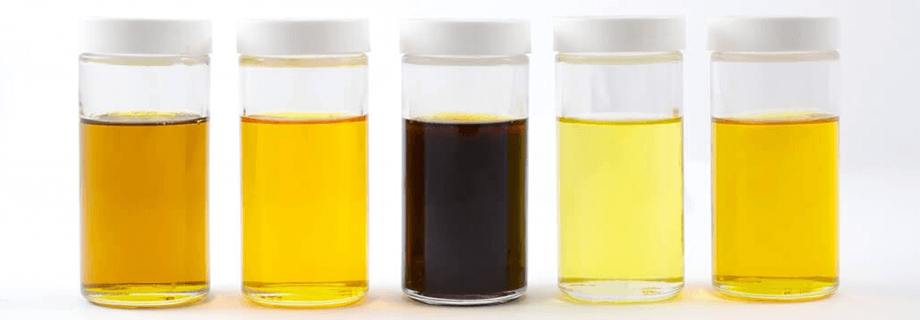Important Parameters for Processing Soybeans – Part II

In my previous blog post, I discussed two important parameters to monitor when pressing soybeans (moisture and steam extraction). Now, we will focus on the other two important factors: temperature and feed rate.
1. Temperature– The higher the temperature the soy is extruded at, the better the process seems to work. Higher temperature results in a higher percentage of cell rupture. This is good for removal of moisture and also for oil recovery. We recommend ExPress® Systems extruder at a minimum temperature of 310˚F and maximum of 320˚F. Because of short dwell time in the extruder, little or no nutritional damage is evident, even at temperatures of 330˚F. As long as the temperature extruder maintains the temperature, the press will do its job. That is unless the press has severely worn parts, a topic we’ll discuss in the near future.
2. Feed Rate– The oil press is like a grain combine in that it works most efficiently when it’s full. That’s full, not overfull. It can be hard to judge some presses as to when they are full. With our 1 ton/hour press, the press will never pull the full load amperage, even when it’s full. Our 2 ton/hour press can come close and also go over the full load capacity of the main drive. In most ExPress® Systems, the production capacity of the extruders is higher than that of the oil press or presses.
Determining the proper feed rate for the extruders will require some testing of the finished meal, in the first few weeks of operation. You can figure your production rates by catching product from the extruders one minute, determining your hourly rate and recording the extruder amperage and temperature. The results of these tests should be matched with a sample from the outlet of the oil press.The press samples are then tested for residual oil content. Compare samples at different feed rates to determine where the greatest oil recovery is.
One thing to note about this kind of testing is the raw soybean. There can also be a variation in the oil content from one variety to the next. It may be wise to add a sample of the raw beans to compare against the finished soy cake, or meal. Modern day soybeans are being bred for higher oil content. Also, some parts of the country grow soy that consistently produce higher oil content due to weather and soil conditions. Couple high oil soy with high moisture and you will have high residual oil content.
The oil press will tell you if you’re overfeeding it. A large amount of fines (often called foots) coming from between the cage bars is a good indication of overfeeding the press. Excessive foots can also be an indication of high moisture. Movement or oscillation of the vertical feed screw is also an indication of overfeeding. The overfeeding has an adverse effect because it shortens the dwell time of the meal in the press and results in higher residuals
Hopefully now you have a better understanding of the processing parameters when processing soybeans. Please remember you can always contact our technicians in order to maximize your oilseed pressing processing equipment.



